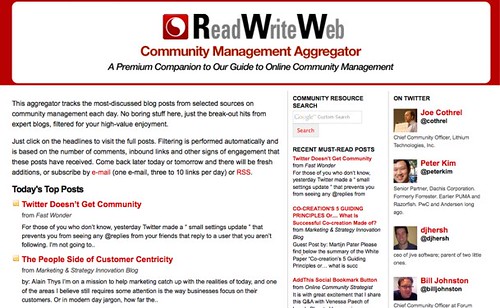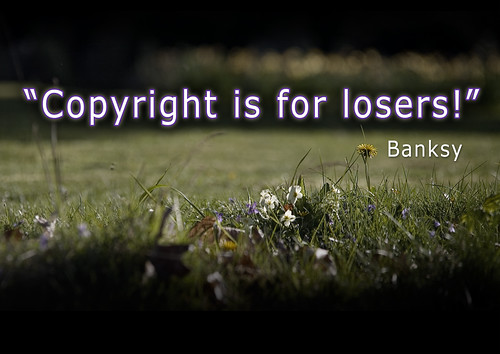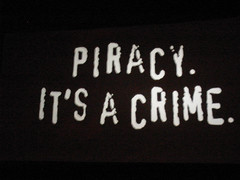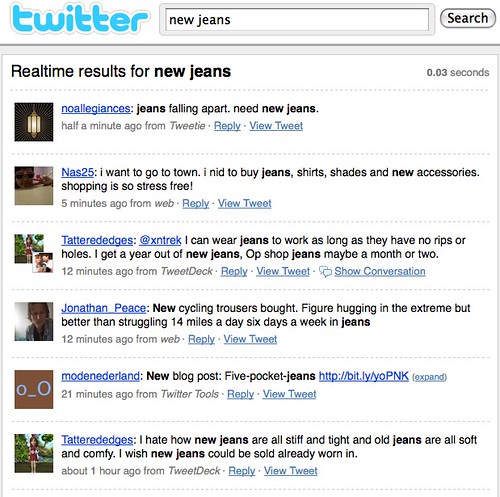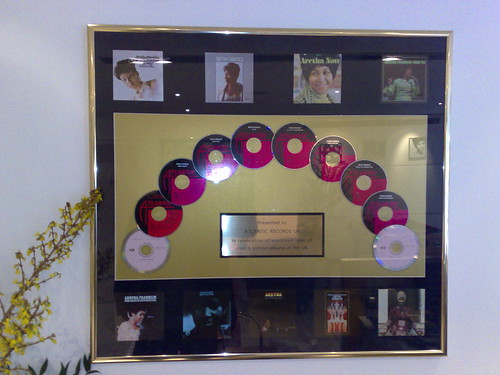Bitcoin fascinates me. Whether it’s the future of currency itself I don’t know, but it will pave the way for the future so it’s worth studying.
There are two reasons that people claim make Bitcoin flawed.
The first is that it’s based on ECDSA (Elliptic Curve Digital Signature Algorithm) which consists of a private key (a secret number known only to the person that generated it), a public key (a number that corresponds to a private key which is calculated from the private key but that is very difficult with current computing to reverse engineer to predict a private key), and a signature (a number that proves an operation took place that used a hash and the private key). Values can be determined without the private key ever being disclosed, so that a bitcoin can correspond to a public ledger to prove the authenticited of ownership — for example, an algorithm can determine with the public key on a signature to determine it was produced by a hash and the private key, without needing to know the private key.
And so the critique goes, if someone can build a sufficiently powerful quantum computer, Shor’s algorithm will enable someone to steal bitcoin’s at will as they can crack the secret of someone’s private key. But basically, it’s practically impossible for this to happen. I’m not crypto expert, but I’ll leave this for others to digest further.
The second critique is due to the known limitation that bitcoin will one day cap at 21 million units. If bitcoins go missing, we will never be able to replace them — such is the case with physical currency today which goes out of circulation (but a central authority issuing it can reprint them). And inherently, Bitcoin is considered to be deflationary — the problem with deflation is the decreased price level of goods and services. Meaning, because it’s got a future guaranteed scarcity it will get scarcer and lead to deflation so therefore it’s doomed.
This is what I want to explore further because it’s worth clarifying some fundamental assumptions about the world.
What is value?
Let’s start with a functional definition of value. “Value is energy applied to resources where the perceived utility of the output is more than the inputs.” That definition implies there are three sources of value in the world: energy, resources, and outputs that have used the application of energy on resources and becomes a transformation. And the utility of a transformation, is different from say energy and the resources that went into it, simply due to perception of it. Basically, value is at core about utility.
Resources are finite: we only have a limited amount on earth that we can use. And most of it is not usable, as we don’t have the capacity to extract the resources in a usable way. Energy on the other hand, by the human definition, is unlimited — the sun sends 1.KW for every square metre of the earth surface for free. But what limits energy is the ability to capture it, store it and transport it — so therefore energy has value. We need energy to function: animal and plant life need it to function, and we need it to extract resources as well as apply it to transform resource into new products.
Is energy in itself valuable? Well, only if we use it: if a plant sits in the sun, it’s free — as does a human who will get Vitamin D that helps it function. Just because it’s free though doesn’t mean it doesn’t have value: it’s just the price is low. Humans also need other vitamins to survive, and it requires the expenditure of energy to acquire future sources of energy — that energy could be valued as time to hunt down animals for example.
Do resources have value? If it’s utilised, it has value — and the more it’s used, the scarcer it becomes for other uses which is why it gets regulated by price when there are competing seekers of the resource. Like energy, the question isn’t if there is value: the issue is what is the price of that value. It’s how to price that utility to regulate its usage.
Theoretically, you could say the current available energy in the world that can be used and the current available resources are what is value in the world, as well as the products created through the transformation of resources with energy. Value is what the total utility in the world is. And if there are no competing uses of those pieces of value, then prices are practically nil: but once there is competing needs for limited pieces of value like resources, that’s when we see the price increase.
And that is, why fundamentally, all value is tied to scarcity: the scarcer the value (supply) and the higher the demand, the higher the price. This is fundamental economic theory which is the study of how to best allocate limited resources in an world that is based on the assumption of unlimited wants — which theoretically, makes sense. What breaks down is that interpretation of the theory.
For example, it’s fine to say there are unlimited wants in the world — but that’s a assumption that says there will always be competing demands for resources so therefore everything needs a price. Which again, is fine: it’s just this assumption of an assumption needs to assume a more fundamental assumption: a price of zero doesn’t make something less valuable than the same resource which has a price of more than zero. If you can buy a diamond for $1 but it normally would be valued $1000, that doesn’t mean it’s less valuable fundamentally: it just has less competition and so therefore less cost to acquire.
What is currency?
Arguably, you could say the sum of value in the world is all the stored energy, available resources, and transformations in the world which has utility. The world’s currency system should be tied to that: if you could exchange all the value in the world, it should be equal that.
Currency should be a way to store value and transport it. The energy I applied with my time which created more perceived value than the energy itself in the form of knowledge, I want to store for a future use where I can exchange that for something of similar value. Therefore, a currency needs to have a consistent form of pricing (to make value comparable) and it ideally has a stable means of being valued (ie, storing it a year ago should theoretically be valued as the same as storing it today).
But the hard thing about utility is that it’s hard to measure at the one point in time –even though we know there is a fundamental fixed amount that can be used in the world. But that’s why the assumption that a currency should have a fixed supply makes perfect sense: the price mechanism of currency adjusts for changes in utility (assuming the supply of currency doesn’t degrade, which is another factor why modern day currency can adjust in value).
Bitcoin’s fixed supply
Which brings us to the question: does Bitcoin having a fixed supply make sense? Yes.
But what about the risk of “deflation” in the world due to a fixed supply? Well, it’s not that value in the world goes does — it’s just the pricing of that value might go down.
The above discussion I hope answers those questions.
And what about if there are missing bitcoin’s in the world, which creates a supply constraint on this new currency? Bitcoin’s are divisible up to 8 decimal places which means one bitcoin has 100 million components (yes, they have a name: called a “Satoshi”). Ignoring the clear economic incentive to not lose Bitcoin’s, lost coins get lost in the noise and this divisibility allows it to adapt. With 21 million final bitcoin’s divisible by 100 million, that means 2.1 quadrillion units of currency or Satoshi’s. To put that in comparison, in 2009 there was approximately 8.3 trillion US dollars in the world or 0.0083 quadrillion cents. If one cent was one Satoshi, that would be 2100 trillion US cents or 21 trillion US dollars.
Some say the value of the US economy to be 188 trillion dollars (different from GDP, which simply accounts for spending in one year). Assuming the US economy in 2009 accounted for one quarter fo the world economy (based on GDP), we can assume the world has a price on the value in the world of about 750 trillion US dollars or 0.8 quandrillion.
If the total *value* of available Satoshi’s in the world one day equals that amount (One Satoshi equals 0.35714285714 US cents or 750 trillion divided by 2.1 quadrillion) — then who cares if a few bitcoin’s get lost along the way. What we have now is a currency that does what currency is meant to do: store value for the exchange of value in society.





